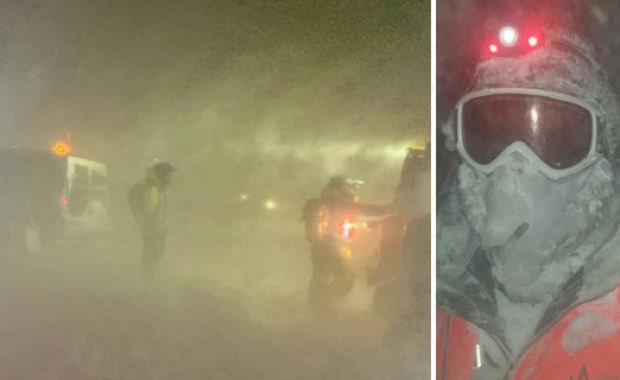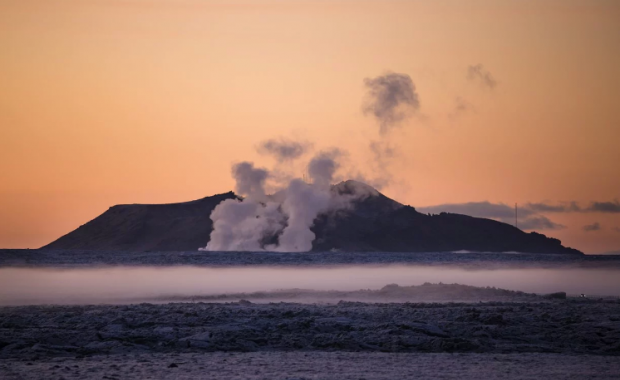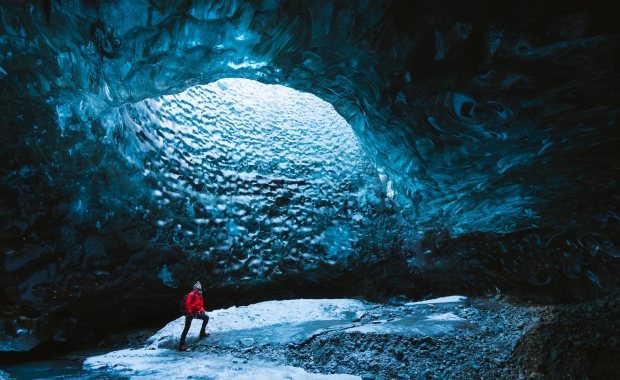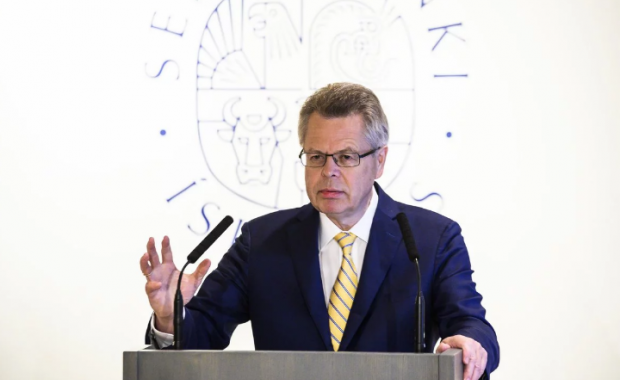The number of people who have been unemployed for 12 months or longer has decreased dramatically over the past few years. According to figures published by the Directorate of Labour 1,134 had been out of work for 12 months or longer in August. The extent of long term unemployment reached a peak following the financial crash of 2008, in March 2011 when 4,837 people had been out of work for 12 months or longer.
Read more: Icelandic Economy boomed in first six months of 2015: GDP grew by 5.2%
At the same time labour force participation has increased, as fewer people of working age are outside the labour force. This number was 41,814 in the first seven months in 2009, but had dropped to 39,743 in the first seven months of this year. Unemployment was 2.6% in August, according to the Directorate of Labour, and is expected to fall to 2.5% this month.
Shortage of construction workers imminent
Although this recovery is good news, a shortage of construction workers threatens. The reason is that many large scale projects are being prepared. The government budget for 2016 announces the construction of 2,300 units of public housing over the next three years, at the same time as investors are planning new factories which are being planned for Helguvík on the Reykjanes peninsula and by the town of Húsavík in North East Iceland.
Þorbjörn Guðmundsson the manager of Samiðn, the federation of unions of skilled workers, including the Construction industry, told the Icelandic National Broadcasting Service that the construction work for the industrial sites which are being planned would have to come from abroad. “I think it‘s pretty much obvious that most of those who will be employed, for example in North East iceland, will be foreign workers.”
An economy characterized by booms and busts
The cause of this situation is twofold, according to Þorbjörn. A large number of skilled Icelandic construction workers left the country following the financial crash of 2008. At the same time fewer people completed vocational training in the construction trades. Between 2007 and 2012 very few people graduated, Þorbjörn points out. The root of the problem is the boom-bust nature of the Icelandic economy:
“The problem with these trades is the instability. I have sometimes argued that if you look at the Icelandic economy it resembles the Himalayas; high mountaintops and deep shadowy valleys. The construction industry follows this dramatic landscape perfectly.”
The number of people who have been unemployed for 12 months or longer has decreased dramatically over the past few years. According to figures published by the Directorate of Labour 1,134 had been out of work for 12 months or longer in August. The extent of long term unemployment reached a peak following the financial crash of 2008, in March 2011 when 4,837 people had been out of work for 12 months or longer.
Read more: Icelandic Economy boomed in first six months of 2015: GDP grew by 5.2%
At the same time labour force participation has increased, as fewer people of working age are outside the labour force. This number was 41,814 in the first seven months in 2009, but had dropped to 39,743 in the first seven months of this year. Unemployment was 2.6% in August, according to the Directorate of Labour, and is expected to fall to 2.5% this month.
Shortage of construction workers imminent
Although this recovery is good news, a shortage of construction workers threatens. The reason is that many large scale projects are being prepared. The government budget for 2016 announces the construction of 2,300 units of public housing over the next three years, at the same time as investors are planning new factories which are being planned for Helguvík on the Reykjanes peninsula and by the town of Húsavík in North East Iceland.
Þorbjörn Guðmundsson the manager of Samiðn, the federation of unions of skilled workers, including the Construction industry, told the Icelandic National Broadcasting Service that the construction work for the industrial sites which are being planned would have to come from abroad. “I think it‘s pretty much obvious that most of those who will be employed, for example in North East iceland, will be foreign workers.”
An economy characterized by booms and busts
The cause of this situation is twofold, according to Þorbjörn. A large number of skilled Icelandic construction workers left the country following the financial crash of 2008. At the same time fewer people completed vocational training in the construction trades. Between 2007 and 2012 very few people graduated, Þorbjörn points out. The root of the problem is the boom-bust nature of the Icelandic economy:
“The problem with these trades is the instability. I have sometimes argued that if you look at the Icelandic economy it resembles the Himalayas; high mountaintops and deep shadowy valleys. The construction industry follows this dramatic landscape perfectly.”






